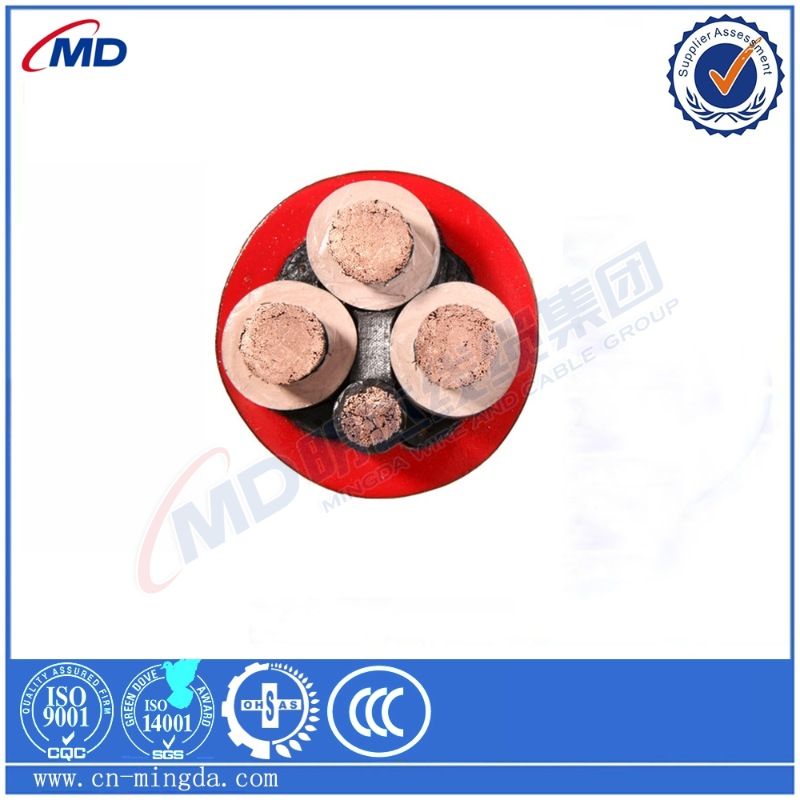Desemba . 06, 2024 23:50 Back to list
grooved end butterfly valve
Understanding Grooved End Butterfly Valves A Comprehensive Overview
In the realm of fluid control, butterfly valves play a critical role due to their simplicity, reliability, and versatility. Among the various types of butterfly valves, the grooved end butterfly valve stands out for its unique design and practical applications. This article delves into the characteristics, advantages, and typical uses of grooved end butterfly valves, providing insight into their importance in industrial and commercial settings.
What is a Grooved End Butterfly Valve?
A grooved end butterfly valve is designed with specific grooved ends that enable quick installation and removal. Unlike traditional flanged valves, which require bolting for connection, grooved end valves utilize a mechanical interlocking system. This design facilitates a more streamlined process when integrating the valve into pipelines, making it a preferred choice for various industries.
The core of the butterfly valve consists of a circular disc that rotates on a shaft. When the valve is open, the disc is parallel to the flow, allowing maximum fluid passage; when closed, the disc rotates 90 degrees to obstruct the flow. This straightforward mechanism makes butterfly valves the ideal option for on/off control and throttling in diverse applications.
Key Advantages of Grooved End Butterfly Valves
1. Ease of Installation The grooved design allows for faster installation compared to traditional flanged valves. This characteristic is particularly beneficial in projects with tight timelines, where rapid assembly is crucial.
2. Space Efficiency Grooved end butterfly valves are more compact than their flanged counterparts. Their smaller footprint makes them ideal for applications where space is a premium, such as in commercial buildings or within machinery.
grooved end butterfly valve

3. Cost-Effective The ease of installation and reduced labor costs associated with grooved end butterfly valves contribute to overall savings. They often do not require additional pipe fittings, which translates to reduced material expenses.
4. Versatility These valves are suitable for a wide range of applications, including HVAC systems, water treatment facilities, and other industrial processes. Their ability to handle various fluids—from water to chemicals—enhances their utility across different industries.
5. Low Maintenance Grooved end butterfly valves generally require less maintenance than other types of valves. Their design reduces wear and tear, contributing to a longer service life and lower total cost of ownership.
Applications in Various Industries
Grooved end butterfly valves are employed across numerous sectors due to their effective performance. In the water and wastewater management industry, they are commonly used to control the flow of water and sewage, thanks to their reliable sealing capabilities. In HVAC systems, they regulate airflow, ensuring efficient heating and cooling processes.
Moreover, in the petrochemical and oil and gas industries, these valves are essential for managing the flow of various hydrocarbons and chemicals. Their ability to withstand high pressures and corrosive fluids makes them a dependable choice in these challenging environments.
Conclusion
In conclusion, grooved end butterfly valves represent a significant innovation in the field of fluid control. Their unique design not only facilitates easy installation and maintenance but also provides a compact and cost-effective solution for a variety of applications. As industries continue to evolve and demand more efficient and reliable fluid control solutions, grooved end butterfly valves are poised to remain a fundamental component in various systems. Understanding their benefits and capabilities empowers engineers and technicians to make informed decisions in selecting the right valves for their specific needs. Whether in water treatment, HVAC systems, or industrial processes, grooved end butterfly valves undoubtedly play an indispensable role in enhancing operational efficiency and reliability.
Share
-
Reliable Wafer Type Butterfly Valves for Every IndustryNewsJul.25,2025
-
Reliable Flow Control Begins with the Right Ball Check ValveNewsJul.25,2025
-
Precision Flow Control Starts with Quality ValvesNewsJul.25,2025
-
Industrial Flow Control ReliabilityNewsJul.25,2025
-
Engineered for Efficiency Gate Valves That Power Industrial PerformanceNewsJul.25,2025
-
Empowering Infrastructure Through Quality ManufacturingNewsJul.25,2025


